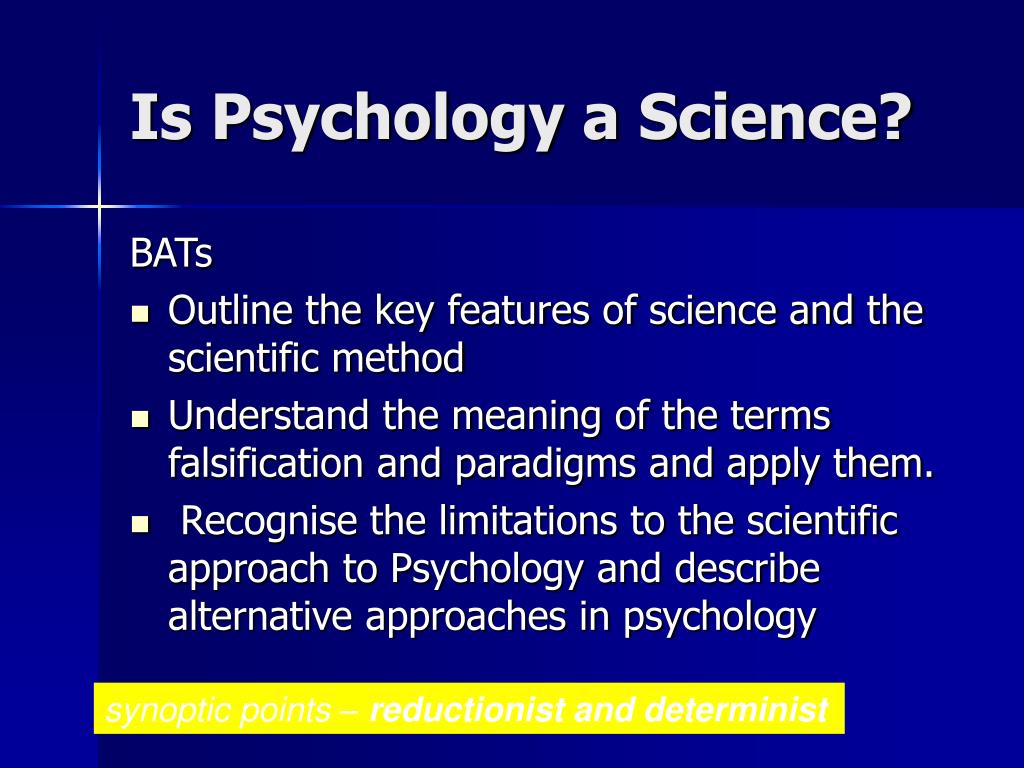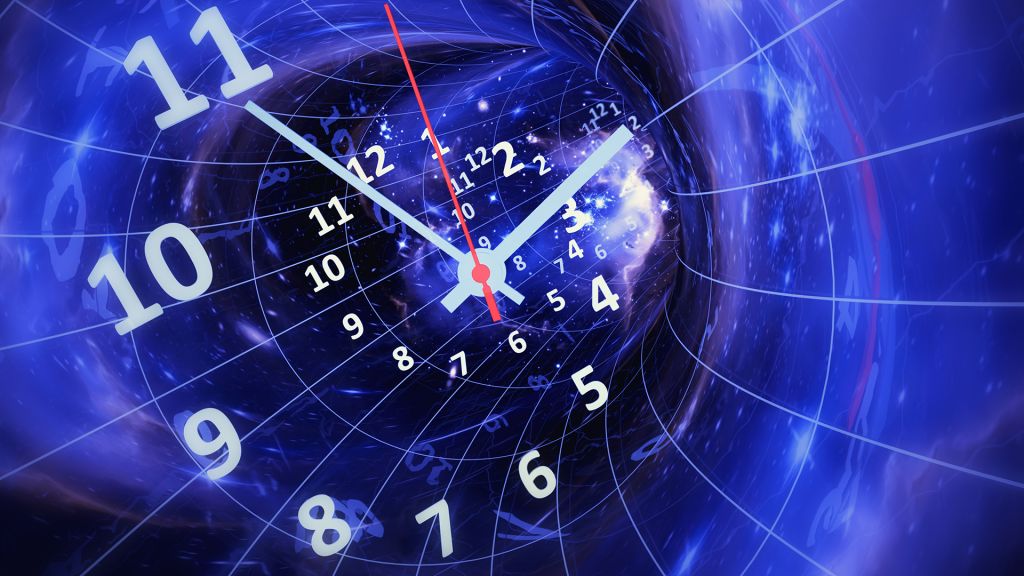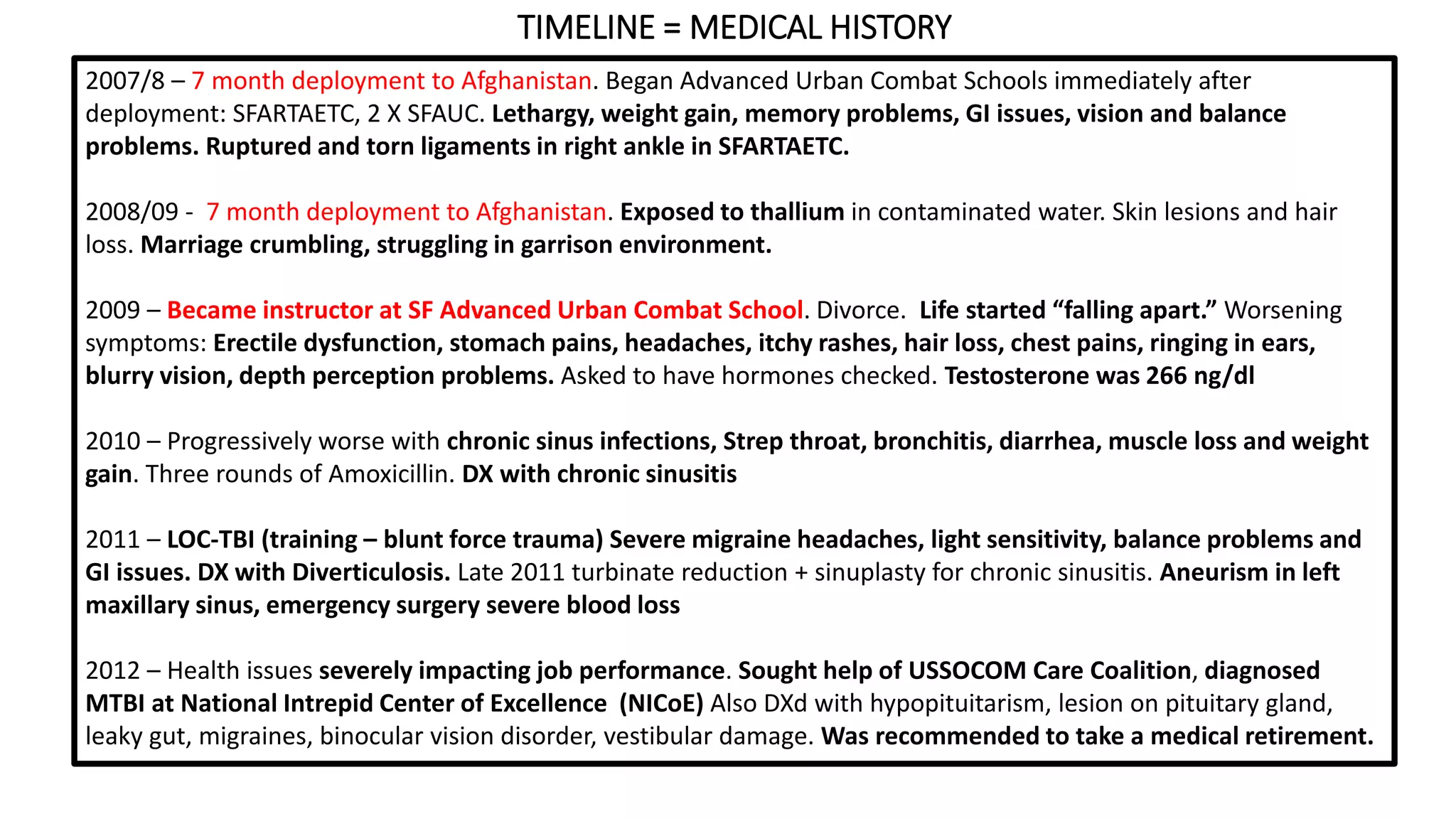Renaissance Ideas: Transforming Art and Education Through Cultural Revolution
The renaissance revolution in human thought
The renaissance mark one of history’s virtually significant cultural transformations, essentially reshape how society approach both artistic creation and educational practice. This period of intellectual awakening introduce revolutionary concepts that continue to influence modern art and learn methodologies.
Renaissance thinkers challenge medieval traditions by place human experience and individual achievement at the center of cultural discourse. This philosophical shift create ripple effects that transform creative expression and educational philosophy in ways that remain relevant today.

Source: YouTube.com
Humanist philosophy: the foundation of change
Humanism emerge as the drive force behind renaissance innovations in art and education. This intellectual movement emphasize human dignity, individual potential, and the value of classical learning. Humanist scholars believe that education should develop the whole person, combine intellectual, moral, and aesthetic growth.
The humanist approach rejects the medieval focus on strictly religious subjects, alternatively promote a broader curriculum that include literature, history, rhetoric, and the arts. This educational philosophy encourage critical thinking and personal expression, lay groundwork for artistic innovation.
Humanist educators like Victorianothea feltre develop teaching methods that emphasize individual attention and diverse learning experiences. These approaches recognize that students possess unique talents and learning styles, a concept that revolutionize both educational practice and artistic training.
Classical revival and its educational impact
Renaissance scholars’ rediscovery of ancient Greek and Roman texts deeply influence educational curricula and artistic training. Classical works provide new models for literature, philosophy, and artistic technique that challenge exist medieval approaches.
Educational institutions begin incorporate classical languages, literature, and philosophy into their programs. Students study original texts by Plato, Aristotle, Cicero, and other ancient thinkers, gain exposure to diverse intellectual traditions and artistic concepts.
This classical revival besides influence artistic education through renew interest in ancient techniques and subjects. Artists study classical sculpture, architecture, and paint methods, incorporate these elements into contemporary works while develop new approaches to representation and composition.
The emphasis on classical learning encourage students and artists to view themselves as part of a continuous intellectual and creative tradition, inspire them to contribute original works that build upon historical foundations.

Source: ar.inspiredpencil.com
Artistic innovation through renaissance ideas
Renaissance artistic innovations direct reflect the period’s philosophical and educational changes. Artists embrace new techniques and subjects that emphasize human experience, natural observation, and individual expression.
Linear perspective revolutionize visual art by provide mathematical methods for creating realistic spatial representations. This technique reflect renaissance emphasis on scientific observation and mathematical precision, demonstrate how educational advances influence artistic practice.
Chiaroscuro, the dramatic use of light and shadow, allow artists to create more emotionally compelling works that emphasize human psychology and individual character. This technique align with humanist interest in individual personality and emotional expression.
Renaissance artists besides expand their subject beyond religious themes to include portraits, mythological scenes, and everyday life. This diversification reflectreflectsional emphasis on classical literature and humanist interest in all aspects of human experience.
The development of oil painting techniques enable artists to achieve unprecedented realism and detail, support renaissance goals of accurate natural observation and individual expression.
Educational reform and artistic training
Renaissance educational reforms direct influence how artists learn their craft. Traditional guild apprenticeships expand to include broader intellectual training, reflect humanist beliefs about comprehensive education.
Artist workshops become centers of learn that combine practical training with theoretical study. Young artists study mathematics, anatomy, literature, and philosophy alongside traditional techniques, create more intellectually sophisticated practitioners.
The establishment of art academies formalize artistic education by create structured curricula that balance practical skills with theoretical knowledge. These institutions reflect renaissance belief that artistic creation require both technical competence and intellectual understanding.
Leonardo da Vinci exemplify this integrated approach by combine artistic practice with scientific investigation. His notebooks demonstrate how renaissance educational ideals encourage artists to become universal scholars who contribute to multiple fields of knowledge.
This comprehensive educational approach produce artists who could engage with complex philosophical and literary themes, create works that reflect the intellectual sophistication of their training.
Patronage systems and cultural exchange
Renaissance patronage systems facilitate the spread of new ideas by connect artists and educators with wealthy supporters who value intellectual and cultural achievement. Patrons fund both artistic projects and educational institutions, create environments where innovative ideas could flourish.
Court patronage bring together artists, scholars, and educators in collaborative environments that encourage cross-disciplinary exchange. These settings allow ideas to flow freely between different fields, accelerate innovation in both art and education.
Private academies fund by wealthy patrons provide spaces for experimental teaching methods and artistic techniques. These institutions serve as laboratories for educational and artistic innovation, test new approaches that subsequently influence broader cultural practices.
The patronage system besides facilitate cultural exchange between different regions, spread renaissance ideas across Europe and beyond. Artists and educators travel between courts and cities, carry new techniques and concepts to diverse communities.
Scientific method and artistic observation
Renaissance emphasis on empirical observation and scientific method deeply influence both educational practice and artistic technique. Educators encourage students to observe natural phenomena direct instead than rely exclusively on traditional authorities.
This observational approach revolutionize artistic practice by encourage artists to study anatomy, botany, geology, and other natural sciences. Artists like Albrecht Dürer create detailed studies of plants and animals that combine scientific accuracy with artistic beauty.
The development of anatomical studies enhances artistic representation of the human form while contribute to medical knowledge. Artists’ dissection studies provide educational resources that benefit both artistic training and scientific education.
Mathematical principles become integral to artistic education, with students learn geometric principles that enhance their ability to create realistic spatial representations and harmonious compositions.
This integration of scientific method into artistic practice reflect broader renaissance belief that all knowledge was interconnect and that education should prepare individuals to contribute to multiple fields of human understanding.
Individual expression and creative freedom
Renaissance emphasis on individual dignity and personal achievement encourage both artists and students to develop distinctive voices and original approaches to their work. This philosophical shift moves forth from medieval emphasis on collective tradition toward celebration of individual creativity.
Educational reforms encourage students to engage critically with texts and ideas preferably than merely memorize establish doctrines. This approach foster independent thinking and original expression that influence artistic development.
Artists gain greater freedom to choose subjects and develop personal styles, move beyond strictly religious commissions to explore diverse themes and techniques. This creative liberty reflects broader cultural emphasis on individual achievement andself-expressionn.
The concept of artistic genius emerge during the renaissance, recognize exceptional individuals who make original contributions to cultural development. This recognition elevates the status of both artists and educators, encourage innovation and excellence.
Portrait painting flourish as renaissance culture celebrate individual identity and achievement. These works reflect educational emphasis on human dignity and the importance of preserve individual memory and accomplishment.
Legacy and continuing influence
Renaissance innovations in art and education establish principles that continue to influence contemporary practice. Modern educational approaches that emphasize critical thinking, interdisciplinary learning, and individual development trace their origins to renaissance humanist philosophy.
Contemporary art education maintain renaissance integration of practical training with theoretical study, prepare artists who can engage with complex cultural and intellectual issues. Art schools continue to emphasize both technical competence and conceptual sophistication.
The renaissance model of the artist as intellectual contributor remain influential, with contemporary artists ofttimes engage with scientific, political, and social issues in their work. This approach reflect continue belief in art’s capacity to contribute to broader cultural discourse.
Educational institutions ecumenical have adopted renaissance principles of comprehensive learning that develop students’ intellectual, creative, and moral capacities. Liberal arts education peculiarlreflectsct humanist belief in the value of diverse learning experiences.
The renaissance emphasis on observation and empirical investigation continue to influence both scientific education and artistic practice, encourage direct engagement with natural phenomena and careful documentation of observed reality.
Modern museum and gallery systems reflect renaissance patronage models by provide public support for artistic and educational activities. These institutions serve contemporary functions similar to renaissance courts and academies, foster cultural exchange and innovation.
The renaissance transformation of art and education demonstrate how philosophical and cultural changes can create last impacts that continue to shape human creative and intellectual development. Understand these historical connections help contemporary practitioners appreciate the deep roots of current approaches to learn and artistic expression.



